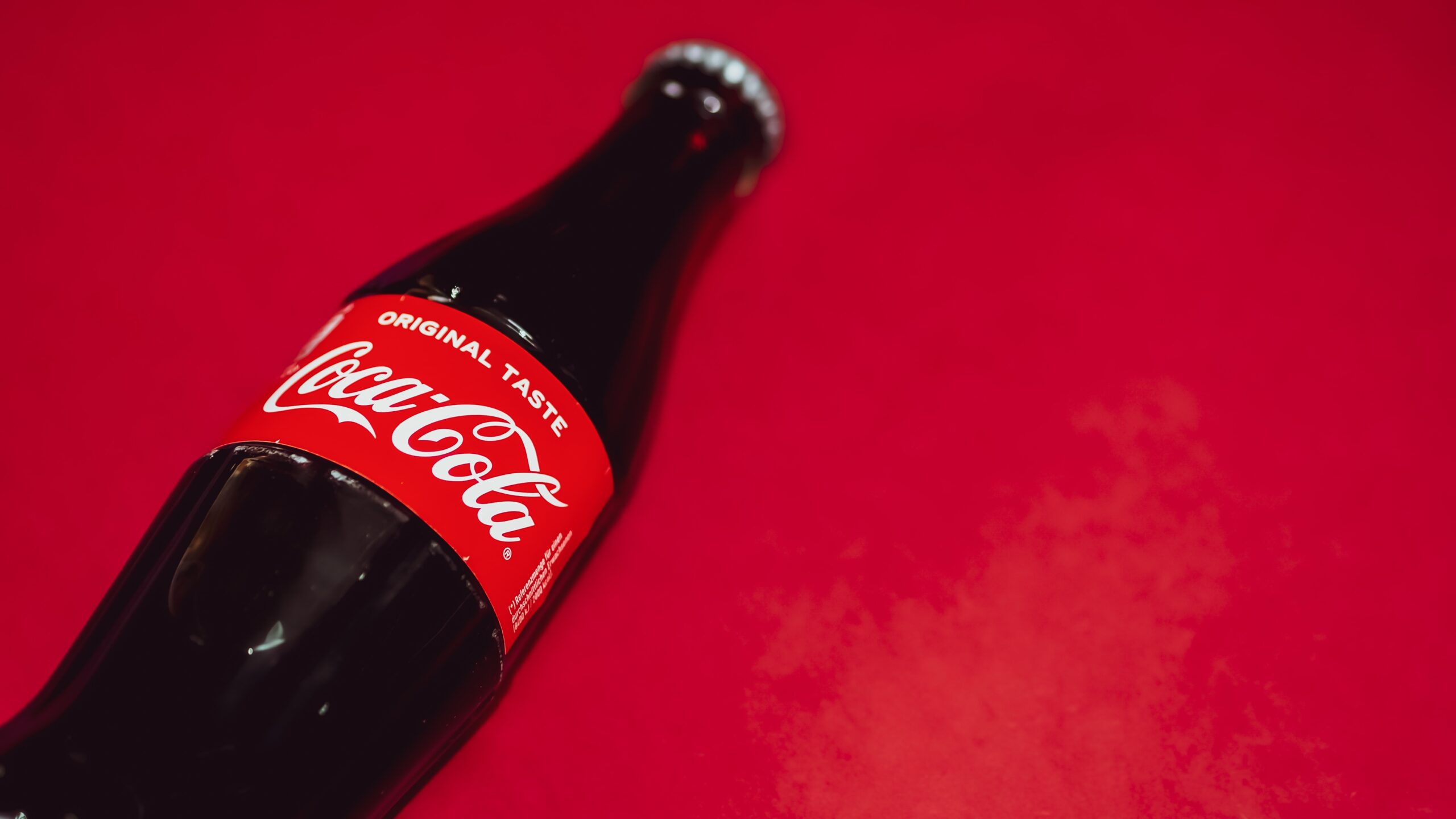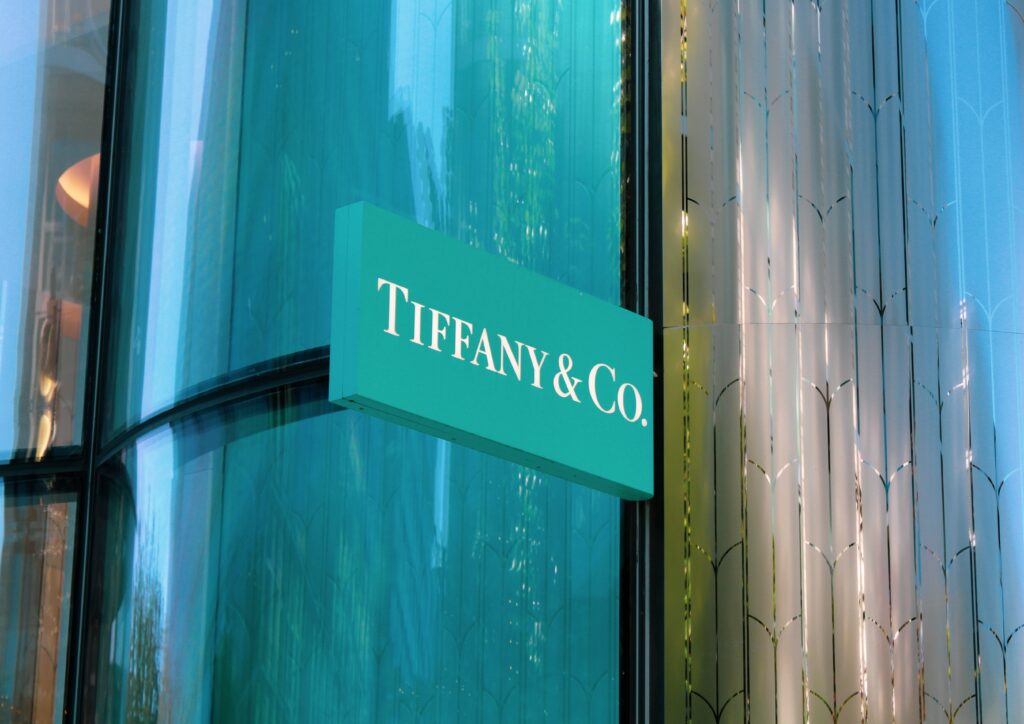Another question that we often hear is, “What other types of intellectual property should I know about, as a creative?”
Here’s a quick reminder if you’re not clear on the definition of intellectual property, or IP. Intellectual property is anything that is a creation of your mind, including your literary or artistic work, symbols, logos, names, slogans, images, etc. Registering your IP with the appropriate authorities can help you establish legal ownership as a creative entrepreneur, and prevent others from infringing on your rights. Intellectual property gains value over time, and understanding and leveraging IP can be a crucial part of building a successful and sustainable creative business.
Less Common Types of Intellectual Property
We covered the main types of IP here, but there are some lesser-known IP types you may also want to think about as you’re creating. Let’s dig into the details of these less common (but still important) types of IP — and examine a case study that comes straight from the basketball court.
Color Trademarks
A color trademark is a type of IP that protects the use of a particular color or combination of colors in connection with a product or service. With color trademarks, companies can establish exclusive rights to use a specific color or color scheme in a specific industry or market.
To obtain a color trademark, a company must show that the use of the color has acquired secondary meaning, which means consumers have come to associate the color with a specific brand or source of products or services. This requires evidence that the color has been used consistently and extensively in connection with the product or service over a period of time.
Some famous examples of color trademarks include:
- The red soles of Christian Louboutin’s high-end women’s shoes.
- The green of John Deere’s agricultural equipment.
- The blue of Tiffany’s boxes.
Sound Trademarks
A sound trademark is a type of trademark that identifies and distinguishes a product or service through the use of a unique sound or auditory element. This type of trademark protects the distinct and recognizable sounds that are associated with a brand, product, or service. Sound trademarks engage the listener’s sense of hearing, so they can recognize a particular brand or product even without seeing it. These trademarks can take many forms, including jingles, musical compositions, or sound effects.
Here are a few famous examples of sound trademarks:
- MGM Studios’ roaring lion.
- The NBC chimes in TV broadcasting.
- Law and Order’s two-strike “chung chung” sound effect.
- Netflix’s signature “ta-dum” sound.
Smell Trademarks
The next little-known type of intellectual property is a smell trademark. This type of trademark protects the distinct and recognizable scent that is associated with a particular brand, product, or service. These trademarks can take many forms, including perfumes, air fresheners, cleaning products, and food and beverage scents.
T-Mobile used to be known for a very specific smell in its stores. I’m not sure if they still do that, but at one point their smell was considered a trademark of their stores, and I believe they were seeking federal trademark registration for that. The scent of Play-Doh modeling compound is also protected by a trademark.
Trade Dress
A trade dress is a type of trademark that is tied to product design or product packaging. This type of intellectual property may include the design, shape, color, texture, packaging, or labeling of the product or service. Examples of trade dress may include:
- The distinctive shape and packaging of a Coca-Cola bottle.
- McDonald’s red and yellow color scheme.
- The distinctive layout and design of the interior of a Cheesecake Factory restaurant.
When we see these trademarked examples, we immediately know the companies behind them.
Trade Secrets
And that brings us to our last type of lesser-known intellectual property: trade secrets. Trade secrets are confidential and proprietary information that provides a competitive advantage to a business, and are therefore protected from unauthorized use or disclosure. Formulas, recipes, customer lists, and manufacturing processes can all be trade secrets. Essentially, your trade secrets are your “secret sauce” that you’ve kept under wraps. One of the most famous trade secrets in history is the formula or recipe for Coca Cola, which is locked away in a highly secure vault.
Every state has its own definition of a trade secret — you can find out your state’s policies by Googling “trade secret statute” along with your state’s name. I’m going to use Illinois as an example, to give you a little insight into how trade secrets work. In Illinois, a trade secret is something that has economic value now, or will have value later, and is not generally known to other people. Illinois’s specific examples of trade secrets are non-technical data, formula patterns, programs, methods, techniques, lists of actual or potential customers or suppliers, and processes.
The way you do things in the creation of your work — or how you work with your clients — is likely a trade secret if you have a way of doing things that’s not readily known to the public. If you have trade secrets that could have economic value, you can begin to take steps to protect those assets. To illustrate how trade secrets work, let’s explore how this kind of intellectual property might show up in legal cases.
NBA Star Zion Williamson Walked Away with the W After Marketing Agency Sued for Claims of Trade Secret Misappropriation
For the last few years, NBA star Zion Williamson has been involved in a lawsuit with his former marketing agency. The agency claimed that Zion misappropriated their trade secrets. They claimed he had either done something to breach the confidentiality of the trade secrets, or used them to generate opportunities or revenue. Spoiler alert, the court found that the agency’s claims against Zion had no merit.
Here are a few points the agency brought up in the lawsuit:
- The agency alleged their strategic marketing plan constituted a trade secret. Their allegation extended to all of the agency’s work, but they didn’t name any specific “secret sauce” elements that could back up their claim. The court ultimately ruled that this trade secrets claim was too broad.
- The agency also said their branding concept — of Zion being “the first-time Williamson, not the next LeBron James” — was a trade secret. The judge disagreed with that claim as well, saying that Zion has publicly stated that he is “the first-time Williamson,” so this concept was not a trade secret.
- The agency claimed that using the concept of “one plus one equals three” in their work was also a trade secret. With every opportunity for Zion, they claimed, every endorsement should triple its value, to make him a global brand. The court struck down that claim as well, saying it was a derivative of a readily-known marketing adage.
- The marketing agency also submitted a list of potential endorsement partners they had compiled, and claimed the list was a trade secret. The court found that there was nothing distinctive or proprietary about the list, and did not find in the agency’s favor on this point.
In the end, the agency could not prove its case because they weren’t able to prove they had any trade secrets. Interestingly, the agency probably does have trade secrets, but this case was decided on how their case was presented. And, they took the L.
The Next Steps for Protecting All of Your IP
Protecting your less-common IP can be just as important as protecting your more well-known intellectual property. By taking the time to identify and safeguard your color trademarks, sound trademarks, smell trademarks, trade dress, and trade secrets, you can establish your brand on sound footing and claim assets that will grow in value and generate revenue for you.
So how do you protect your trade secrets and other IP and develop a strategy for protecting your creative works and innovative ideas? The first step is to identify your IP assets, categorize them, and assess their potential value.
Submit an intake form today to find out how we can help you create a bigger impact with your work by protecting all of your intellectual property.





